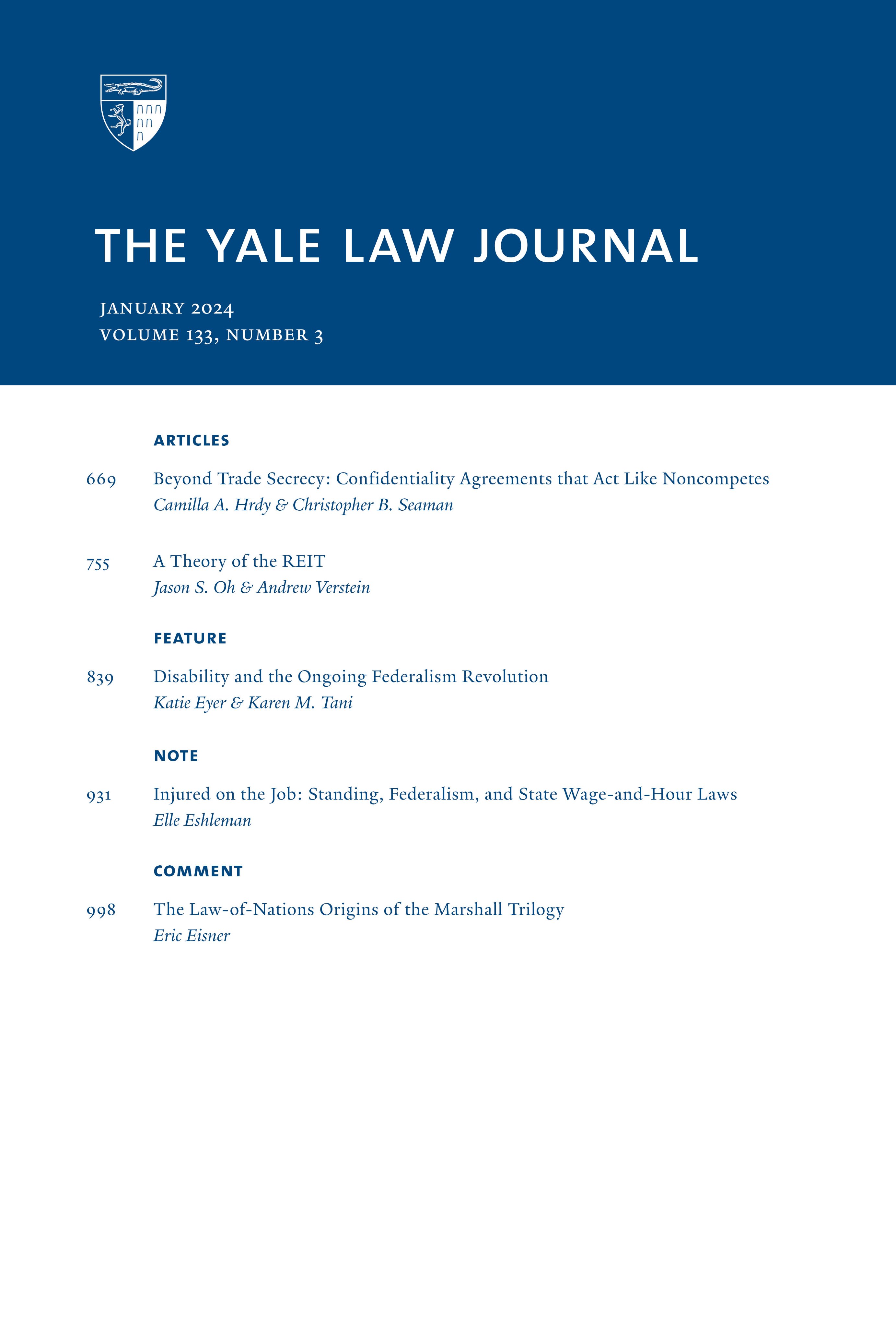Cost-Shifting in Electronic Discovery
IF 5.2
1区 社会学
Q1 LAW
引用次数: 0
Abstract
Rapid growth in the creation and retention of electronically stored information (ESI) has revealed fundamental inequities in the traditional allocation of discovery costs. While cost shifting has always been an option for a judge seeking to limit overly aggressive or intrusive discovery requests, no generally applicable framework for determining when cost shifting is appropriate has yet emerged. In 2006, the Federal Rules of Civil Procedure were amended in an attempt to more explicitly account for the peculiarities of the discovery of ESI and to unify the various district court approaches. However, due to the close relationship of the cost-shifting test embedded in the 2006 amendments and the leading doctrines in case law, courts have continued to apply prior case law directly, occasionally alongside or within the amendment framework. While the leading doctrine in the case law bears a structural similarity to the test proposed in the notes accompanying the 2006 amendments, the two tests are distinct and have different implications for the substantive protections afforded to responding parties. The tendency of courts to apply the tests interchangeably has undermined the development of a unified nationwide approach to cost shifting in electronic discovery.电子发现中的成本转移
电子存储信息(ESI)的创造和保留的快速增长揭示了传统发现成本分配的根本不公平。虽然费用转移一直是法官寻求限制过于激进或侵入性的证据开证请求的一种选择,但尚未出现确定费用转移何时合适的普遍适用框架。2006年,《联邦民事诉讼规则》进行了修订,试图更明确地说明ESI发现的特殊性,并统一不同地区法院的方法。然而,由于2006年修正案中嵌入的成本转移测试与判例法的主要理论之间的密切关系,法院继续直接适用先前的判例法,偶尔与修正案框架一起或在修正案框架内。虽然判例法中的主要原则在结构上与2006年修正案附注中提出的检验标准相似,但这两种检验标准是截然不同的,对向答辩方提供的实质性保护具有不同的含义。法院交替应用这些测试的趋势,破坏了全国统一的电子取证成本转移方法的发展。
本文章由计算机程序翻译,如有差异,请以英文原文为准。
求助全文
约1分钟内获得全文
求助全文
来源期刊

Yale Law Journal
LAW-
CiteScore
4.50
自引率
6.20%
发文量
0
期刊介绍:
The Yale Law Journal Online is the online companion to The Yale Law Journal. It replaces The Pocket Part, which was the first such companion to be published by a leading law review. YLJ Online will continue The Pocket Part"s mission of augmenting the scholarship printed in The Yale Law Journal by providing original Essays, legal commentaries, responses to articles printed in the Journal, podcast and iTunes University recordings of various pieces, and other works by both established and emerging academics and practitioners.
 求助内容:
求助内容: 应助结果提醒方式:
应助结果提醒方式:


